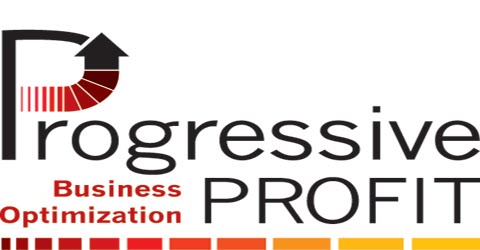by James Hallman.
…let's talk about bananas. Bananas are an interesting fruit- they come in their own zip-lock covers, and they are good for you. I personally love to eat bananas. So do a lot of other people. So, to better understand what inventory turn means, and also to help answer the question of "How do you do it?" let's go into the banana business together...
Let's say we own a little fruit stand, and from this fruit stand we sell bananas. We buy our banana stock from a local wholesale market. We pay 50 cents for each banana, and we sell it to our customers for $1.00. We sell, on average, 100 bananas per week (remember, it's a small fruit stand). So, bright and early, each Monday morning, before our stand opens, we go to the wholesale market, show our ID cards to prove we are real-life retailers and have a right to buy at this wholesale market, and we buy our 100 bananas.
We pay $50 for these 100 bananas. Our inventory investment in these 100 bananas is $50. We work hard for six days, and by Saturday night, we have sold all of our bananas. We made a $50 profit on our $50 investment. We turned (bought and sold) our inventory of bananas one time that week. We take Sunday off- we deserve the rest!
Now, we begin to exchange notes about our business - how can we do more business? "Well," you say, "almost every customer who comes by the stand to buy bananas asks me if we carry apples. I think we could sell some apples, if we had them." I agree, since many of my customers also asked about apples.
We decide to do some high-tech market research. All the following week, whenever anyone asked us about apples, we put a hash mark on a sheet of paper. By doing this, we determined we could sell at least 50 apples per week. We can get the apples for 50 cents each, and sell them for $1.00, just like the bananas.
We only have one problem. We don't have an extra $25 to buy the 50 apples! We only have $50, and we need that $50 to pay for our 100 bananas. All the meager profit we make each week goes to pay the rent on the fruit stand, and for us to live on. We think about borrowing the extra $25 from your Mom, but you don't want to ask her - and she doesn't like me at all! Oh, what can we do?
"Eureka!", you exclaim. "I know what we can do! This Monday morning, we'll go to the market as usual, but instead of buying 100 bananas, we'll only buy 50 bananas. With the $25 we save, we'll buy our week's supply of apples!"
"But if we only buy 50 bananas, we'll run out of bananas", I note. "Not really", you say, "because we'll make an extra trip to the market Thursday morning, and with the money we made from selling all 50 bananas and half the apples the first half of the week, we'll buy the other 50 bananas we'll need for the second half of the week". So, that's what we do, and of course, here is what happened:
Rather than investing $50 once per week to sell the 100 bananas which brings us a $50 profit, we invest only $25 to buy 50 bananas, we sell those for a $25 profit, get our original $25 back, and then re-invest it in another 50 bananas which we sell the other half of the week.
Now, we are making the same $50 banana profit on a $25 investment because we buy 1/2 the bananas twice as often during the week.
With the other $25, we buy our week's supply of apples. By selling the apples, we make another $25 profit.
So now, our same $50 invested in fruit is returning us a profit each week of $75, rather than $50.
That is what inventory turn is all about: buying, selling, and rebuying the inventory more often during the same time frame.
And, it won't take us long to realize that we don't really need to buy our entire week's supply of apples all at one time, either.
After all, some customers have been asking about oranges...
Note: To improve your fruit stand's inventory turn, it is vital, even critical, that you know how many bananas you can sell per week. And apples, and maybe even oranges. That is where sales forecasting and inventory planning comes in...
















